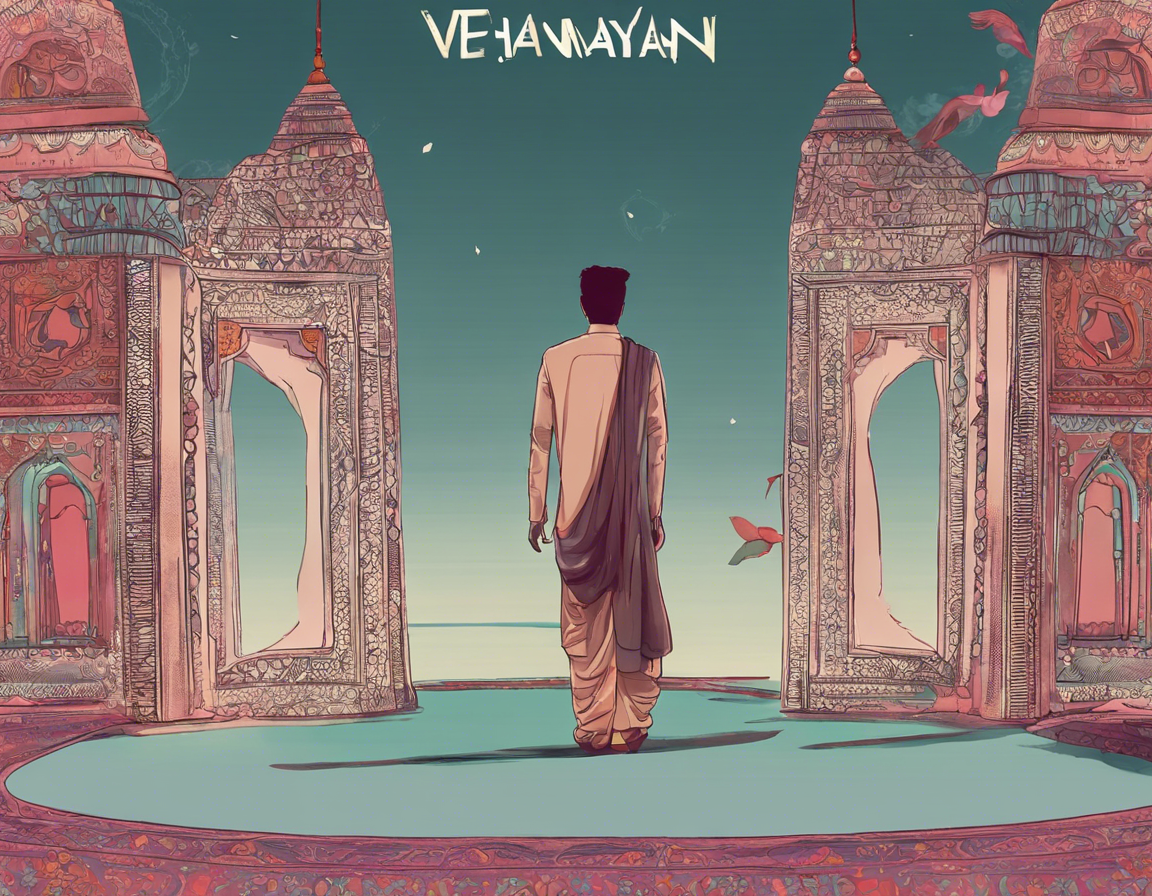Nestled in the rich tapestry of Indian culture and heritage lies the Ve Haaniyaan tradition, a unique and enduring practice that has stood the test of time. Originating from the northern region of Punjab, this age-old custom holds a special place in the hearts of the Punjabi people, serving as a celebration of family bonds, love, and solidarity. In this comprehensive guide, we will delve into the intricacies of the Ve Haaniyaan tradition, exploring its origins, significance, customs, and modern-day relevance.
Origins of Ve Haaniyaan Tradition
The Ve Haaniyaan tradition traces its roots back to the rural heartlands of Punjab, where community gatherings and familial ties are deeply cherished. In Punjabi, “Ve Haaniyaan” translates to “Oh my sweetheart,” encapsulating the essence of affection, endearment, and camaraderie that characterize this practice.
Historically, Ve Haaniyaan served as a means of collective expression, uniting people through folk songs, dance, and heartfelt narratives. It provided a platform for individuals to convey their emotions, share their stories, and strengthen social connections within the community.
Significance of Ve Haaniyaan Tradition
At its core, the Ve Haaniyaan tradition embodies the values of togetherness, belonging, and emotional resonance. During Ve Haaniyaan gatherings, friends and family members come together to partake in joyous festivities, singing traditional songs (known as “Boliyan”) that reflect the joys and sorrows of everyday life. These lyrical compositions, characterized by their rhythmic cadence and poetic language, serve as a medium for self-expression and cultural preservation.
Furthermore, Ve Haaniyaan symbolizes the bonds of love and solidarity that transcend familial relations, fostering a sense of community and shared heritage among participants. It celebrates the beauty of Punjabi culture, encapsulating its vibrancy, warmth, and hospitable spirit.
Customs and Rituals of Ve Haaniyaan
The Ve Haaniyaan tradition is replete with customs and rituals that add depth and meaning to the celebratory occasion. Central to these practices is the performance of Boliyan, where participants engage in spirited singing and dancing, accompanied by traditional musical instruments like the dhol (drum) and chimta (tongs).
Moreover, the exchange of heartfelt greetings and blessings forms an integral part of Ve Haaniyaan gatherings, with attendees expressing their good wishes for the well-being and prosperity of their loved ones. The sharing of delectable Punjabi cuisine, such as sarson da saag and makki di roti, further enhances the festive atmosphere, symbolizing abundance, generosity, and culinary delight.
Modern-day Relevance of Ve Haaniyaan Tradition
In contemporary times, the Ve Haaniyaan tradition continues to thrive, evolving to resonate with changing societal dynamics and technological advancements. While urbanization and globalization have influenced the way Ve Haaniyaan gatherings are organized and experienced, the essence of camaraderie, cultural pride, and emotional connection remains steadfast.
Through social media platforms, virtual events, and diaspora communities, the Ve Haaniyaan tradition has transcended geographical boundaries, allowing individuals from diverse backgrounds to partake in its joyous revelry. This adaptation reflects the enduring appeal of Ve Haaniyaan as a symbol of shared heritage, familial ties, and cross-cultural exchange.
FAQs (Frequently Asked Questions)
-
What is the significance of Boliyan in Ve Haaniyaan tradition?
Boliyan are traditional Punjabi folk songs sung during Ve Haaniyaan gatherings, symbolizing the spirit of camaraderie, expression, and cultural heritage. -
How do Ve Haaniyaan celebrations promote community bonding?
Ve Haaniyaan ceremonies bring together friends and family members to celebrate love, togetherness, and emotional connections, fostering a sense of community and shared identity. -
Are Ve Haaniyaan traditions only observed in rural areas of Punjab?
While Ve Haaniyaan has rural roots, it is celebrated in urban centers, diaspora communities, and online platforms, showcasing its enduring relevance in modern times. -
What role do traditional Punjabi dishes play in Ve Haaniyaan festivities?
Punjabi cuisine, such as sarson da saag and makki di roti, is shared during Ve Haaniyaan gatherings as a symbol of abundance, hospitality, and culinary joy. -
How has technology influenced the modern-day practice of Ve Haaniyaan tradition?
Technological advancements have enabled virtual Ve Haaniyaan events, online collaborations, and global reach, showcasing the adaptability and resilience of this age-old custom.
